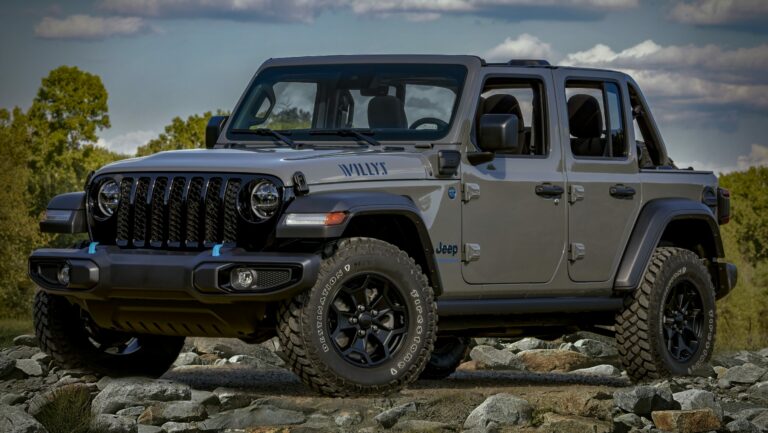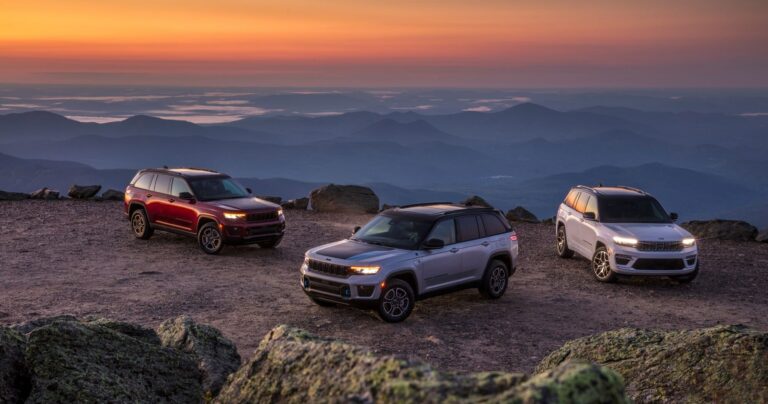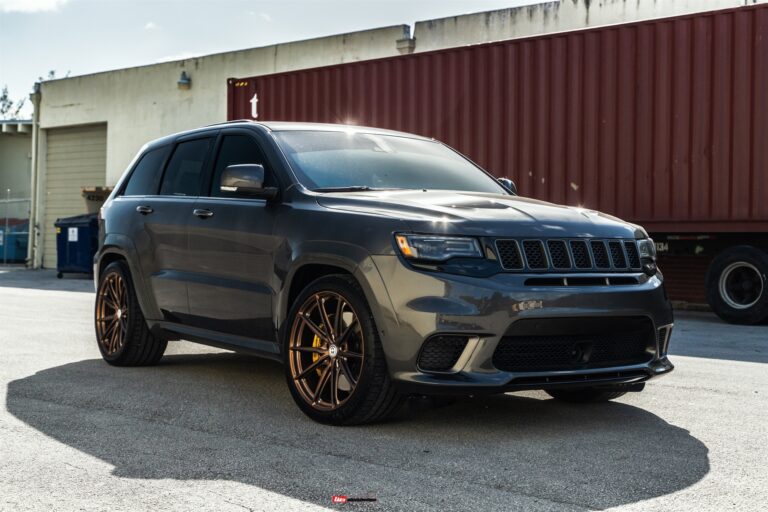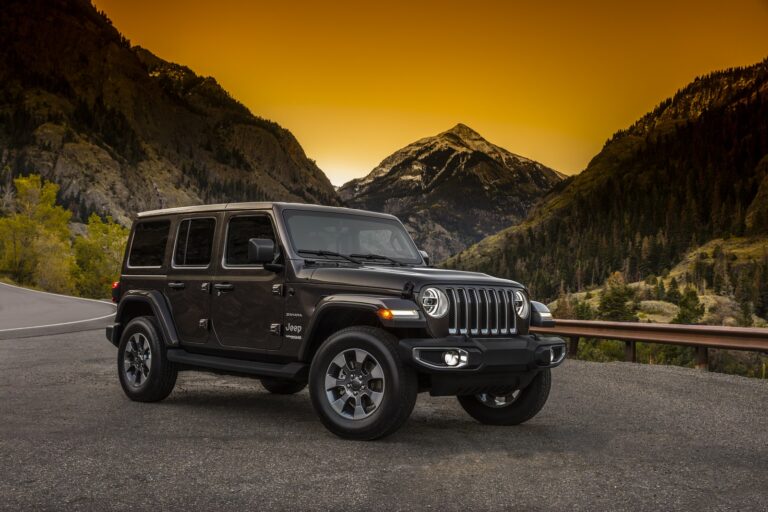1940s Willys Jeep For Sale: A Comprehensive Buyer’s Guide to Owning an Icon
1940s Willys Jeep For Sale: A Comprehensive Buyer’s Guide to Owning an Icon jeeps.truckstrend.com
The rumble of its L-head engine, the unmistakable silhouette, and the sheer ruggedness of its design – the 1940s Willys Jeep is more than just a vehicle; it’s a rolling piece of history, a symbol of American ingenuity and wartime resilience. Born from the urgent needs of World War II, the Willys MB (and its Ford-produced counterpart, the GPW) became the definitive general-purpose vehicle, earning its legendary "Jeep" moniker. Today, these venerable machines are highly sought after by collectors, enthusiasts, and anyone looking to own a tangible piece of the past.
For those considering the exciting prospect of a 1940s Willys Jeep For Sale, this comprehensive guide will navigate the nuances of the market, offering insights, practical advice, and essential considerations to help you make an informed and satisfying purchase. Owning a vintage Willys Jeep isn’t just about acquiring a vehicle; it’s about embracing a legacy, joining a passionate community, and embarking on a unique automotive adventure.
1940s Willys Jeep For Sale: A Comprehensive Buyer’s Guide to Owning an Icon
The Enduring Legacy: Why Buy a 1940s Willys Jeep?
The allure of the 1940s Willys Jeep extends far beyond its utilitarian origins. Its enduring appeal lies in several key factors:
- Historical Significance: This vehicle was instrumental in the Allied victory in WWII, serving on every front and in countless roles. It’s a direct link to a pivotal moment in human history.
- Iconic Design: The Jeep’s form-follows-function design is timeless. Its simple, rugged lines are instantly recognizable and evoke a sense of adventure and resilience.
- Collector’s Item: As time passes, well-preserved or meticulously restored 1940s Jeeps are becoming increasingly valuable. They represent a sound investment for many enthusiasts.
- Authentic Driving Experience: Driving a Willys Jeep is a raw, visceral experience. With no power steering, no advanced electronics, and a manual transmission, it connects the driver directly to the road and the machine, offering a pure form of motoring.
- Vibrant Community: The Willys Jeep community is robust and welcoming. Owners often participate in clubs, historical reenactments, off-road excursions, and shows, fostering a strong sense of camaraderie and support.
- Mechanical Simplicity: While they are old vehicles, the mechanical systems of a 1940s Willys Jeep are relatively straightforward, making them accessible for owners who enjoy hands-on maintenance and repair.

Identifying Authentic 1940s Willys Jeeps
Before diving into the market, it’s crucial to understand the subtle differences and key identification markers of an authentic 1940s Willys Jeep. While many people simply say "Willys Jeep," during WWII, both Willys-Overland and Ford produced nearly identical vehicles under government contracts.
- Willys MB vs. Ford GPW:
- Willys MB: Produced by Willys-Overland, these typically have "Willys" stamped on the rear panel (though often painted over or removed). Early models had a "slat grille" (9 horizontal slots), while later models (post-1941) featured the iconic pressed steel grille with 7 vertical slots that became the signature Jeep look.
- Ford GPW: Produced by Ford, these are visually very similar to the MB. Key identifiers include "F" script stamps on various parts (bolts, brackets, shock absorbers, frame components, etc.), a Ford script on the rear panel, and a slightly different front frame cross member.
- Serial Numbers: Both Willys and Ford used distinct serial number sequences. Verifying these numbers against production records is crucial for authenticity.
- Engine: The standard engine for both was the 134 cu in (2.2 L) Willys L-head "Go-Devil" engine. Check for the correct engine block casting numbers and associated components.
- Body Tubs: While many tubs have been replaced over the decades, original Willys and Ford tubs have subtle differences in their stamping and construction.
- Gauges: Original 1940s Jeeps typically used Stewart-Warner gauges.

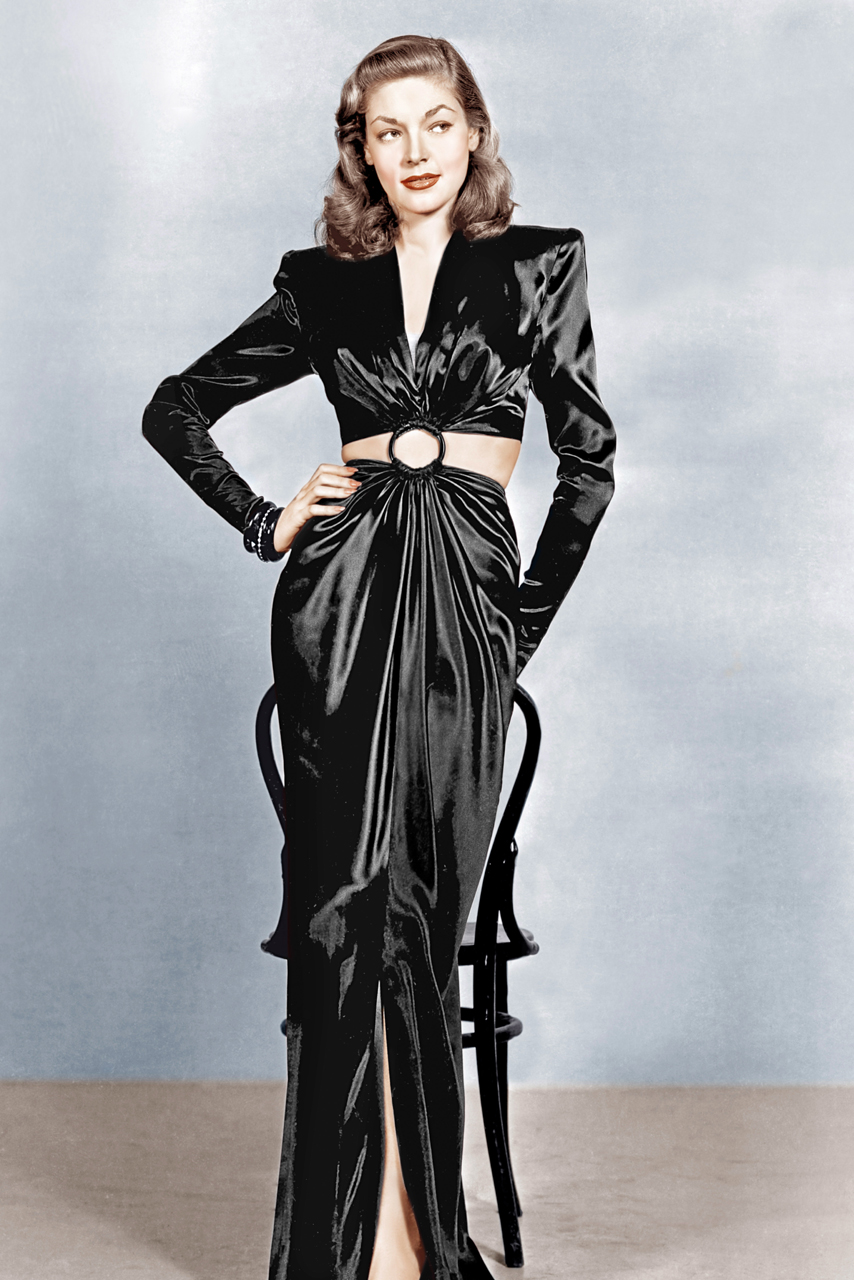
Important Note: Many "Jeeps" on the market are a mix of parts from various years, or even reproductions. While a "Frankenstein" Jeep can be a fun project, understanding what you’re buying is key to valuing it correctly. The most desirable vehicles are those with matching serial numbers (body, frame, engine) and a high degree of originality.
Navigating the Market: Where to Find a 1940s Willys Jeep For Sale
Finding the right 1940s Willys Jeep requires patience and knowing where to look.
- Online Marketplaces & Auction Sites:
- eBay: A vast array, from basket cases to fully restored. Be wary of scams and always request detailed photos/videos.
- Hemmings Motor News: Reputable classic car marketplace with a dedicated section for military vehicles.
- Bring a Trailer (BaT): Features well-documented, higher-quality vehicles, often with extensive photo galleries and detailed commentary from the community. Prices tend to be higher due to curation.
- Specialized Forums & Facebook Groups: Groups like "Willys MB/Ford GPW Owners" or "Military Vehicle Collectors" are excellent resources for direct sales, leads, and expert advice.
- Classic Car Dealerships: Some dealerships specialize in vintage military vehicles or classic American cars and may have a Willys Jeep in stock. These typically come with a higher price tag but might offer some level of pre-inspection or restoration.
- Live Auctions: While less common for everyday Jeeps, major classic car auctions occasionally feature exceptionally rare or perfectly restored examples.
- Word-of-Mouth & Local Classifieds: Sometimes, the best deals are found through local connections or someone looking to clear out an old barn. Attend local car shows or military vehicle events.
What to Look For: Essential Inspection Checklist
Once you’ve found a potential candidate, a thorough inspection is paramount. Categorize the Jeep’s condition to set your expectations and budget:
- Project Vehicle: Non-running, significant rust, missing parts. Requires full restoration.
- Running/Driving Original: Functional but unrestored, showing its age, minor issues.
- Restored: Previously restored, varying degrees of quality.
- Show Quality/Concours: Meticulously restored to original specifications, often exceeding factory standards.
Inspection Points:
- Body & Frame:
- Rust: The biggest enemy. Check floorboards, hat channels (under the floor), frame rails (especially near spring mounts and cross members), inner fenders, and toolboxes. Superficial surface rust is common, but advanced rot is a major red flag.
- Bondo/Filler: Check for excessive body filler with a magnet or by tapping.
- Originality: Look for original body stampings, lack of major modifications.
- Engine & Drivetrain (Willys L134 "Go-Devil" engine, T-84 transmission, Dana 18 transfer case):
- Engine: Check for leaks, strange noises (knocks, rattles), smoke from the exhaust (blue for oil, white for coolant, black for fuel). Does it start easily? Does it hold oil pressure?
- Transmission/Transfer Case: Test all gears, including reverse and 4×4 low/high. Listen for grinding, popping out of gear. Check for fluid leaks.
- Differentials: Check for leaks, excessive play in the driveshafts.
- Suspension & Steering:
- Leaf Springs: Check for broken leaves, sagging.
- Shocks: Look for leaks or damage.
- Steering: Excessive play in the steering wheel, worn tie rod ends, leaky steering box.
- Electrical System (Original 6-volt):
- Wiring: Check for frayed, cracked, or exposed wires. Many Jeeps are converted to 12-volt; understand the implications.
- Lights/Gauges: Ensure all lights work. Check if original gauges function (oil pressure, temperature, fuel, amp meter).
- Brakes (Drum Brakes):
- Pedal Feel: Should be firm, not spongy.
- Leaks: Check master cylinder and wheel cylinders for leaks.
- Stopping Power: Test braking in a safe area.
- Tires & Wheels:
- Look for period-correct tires (if originality is a goal). Check tire condition (cracking, tread depth).
- Documentation:
- Essential for legal ownership. Ensure the VIN matches the vehicle.
- Service Records/Restoration Photos: Valuable for understanding the vehicle’s history.
Crucial Advice: Pre-Purchase Inspection (PPI)
If you’re not an expert, hire one. A qualified mechanic specializing in vintage military vehicles or classic cars can identify issues you might miss. This is especially important for long-distance purchases.
The Cost of Ownership: Beyond the Purchase Price
The purchase price is just the beginning. Owning a 1940s Willys Jeep involves ongoing costs:
- Restoration Costs: If you buy a project, be prepared for significant investment in parts and potentially professional labor. While parts availability is surprisingly good for these vehicles, specialized work can be costly.
- Maintenance: Even a running Jeep will require regular maintenance. Parts are generally affordable, but labor costs for a mechanic can add up if you’re not doing the work yourself.
- Insurance: Obtain classic car insurance, which often has lower premiums than standard auto insurance but comes with specific usage restrictions.
- Storage: A dry, secure garage is essential to prevent rust and deterioration.
- Fuel & Fluids: These vehicles run on regular gasoline and require standard fluids, but they aren’t fuel-efficient.
Buying Process & Important Considerations
- Set a Realistic Budget: Determine how much you’re willing to spend on the initial purchase and ongoing costs. Factor in potential restoration expenses.
- Define Your Goal: Are you looking for a show vehicle, a driver, or a project to enjoy restoring? This will guide your search.
- Ask Questions: Don’t be shy. Ask the seller about the vehicle’s history, any known issues, previous repairs, and why they are selling.
- Get it in Writing: Once you agree on a price, ensure all terms are documented in a bill of sale.
- Shipping: If buying remotely, research reputable classic car transport companies. Get quotes in advance.
- Legalities: Understand your local DMV requirements for titling and registering a vintage vehicle.
Tips for a Successful Purchase
- Patience is Key: Don’t rush into a purchase. The right Jeep will come along.
- Educate Yourself: The more you know about these vehicles, the better equipped you’ll be to spot a good deal or avoid a money pit. Join online forums, read books, and talk to experts.
- Prioritize the Frame: A solid, rust-free frame is the most critical component. Bodywork can be repaired or replaced, but a compromised frame is a major undertaking.
- Verify Authenticity: If originality is important to you, learn to distinguish genuine Willys MBs and Ford GPWs from later civilian models (CJs) or heavily modified examples.
- Build a Network: Connect with other Willys Jeep owners. Their collective experience is invaluable.
1940s Willys Jeep For Sale: Estimated Price Ranges (US Dollars)
| Condition Category | Description | Estimated Price Range (USD) |
|---|---|---|
| Project/Basket Case | Non-running, significant rust, missing major components, requiring full ground-up restoration. Often sold without a title or with a bill of sale. | $5,000 – $15,000 |
| Running Original/Driver | Functional and drivable, but unrestored. Exhibits wear, tear, and patina consistent with age. May have minor mechanical issues or need cosmetic work. Good for a rolling restoration or immediate enjoyment. | $15,000 – $30,000 |
| Nicely Restored | Professionally or thoroughly restored to a high standard, close to original specifications. Paint, engine, interior, and mechanicals are in excellent condition. Suitable for shows and reliable driving. | $30,000 – $50,000 |
| Show Quality/Concours | Meticulously restored to factory-new or even better-than-new condition, often with obsessive attention to period correctness and detail. These vehicles are rare and often command premium prices at auctions. | $50,000 – $80,000+ |
Note: These are estimated ranges and can vary significantly based on originality, specific year (early vs. late MB/GPW), historical provenance, location, and market demand.
Frequently Asked Questions (FAQ) about 1940s Willys Jeeps
Q: Are parts readily available for 1940s Willys Jeeps?
A: Surprisingly, yes! Due to their mass production and continued popularity, many reproduction parts are available, alongside original NOS (New Old Stock) components. Several specialized vendors cater specifically to WWII Jeep parts.
Q: Is it hard to drive a 1940s Willys Jeep?
A: It’s different from a modern car. There’s no power steering, no power brakes, and the ride is firm. The manual transmission requires skill, and top speeds are relatively low (around 50-55 mph). It’s an engaging and rewarding experience, but not for everyone as a daily driver.
Q: What’s the difference between a Willys MB and a Ford GPW?
A: While nearly identical in function and appearance, the MB was built by Willys-Overland and the GPW by Ford. The primary differences are subtle manufacturing variations and the presence of "F" script stamps on Ford GPW parts.
Q: Can I use a 1940s Willys Jeep as a daily driver?
A: While technically possible, it’s generally not recommended. They lack modern safety features, are slow, and require more frequent maintenance. They are best enjoyed for leisure, shows, off-roading, or historical events.
Q: What does "matching numbers" mean for a Willys Jeep?
A: It refers to a vehicle where the serial numbers on the frame, engine, and sometimes the body tub all correspond to the original factory production records, indicating that these major components are original to that specific vehicle. Matching numbers vehicles are typically more valuable to collectors.
Q: How do I verify the authenticity of a 1940s Willys Jeep?
A: Research the serial numbers (frame and engine) and cross-reference them with production data. Look for period-correct features like the grille type, gauges, body stampings, and "F" script marks (for GPW). A pre-purchase inspection by an expert is highly recommended.
Q: Are 1940s Willys Jeeps safe to drive?
A: They were designed for wartime utility, not modern safety standards. They lack seatbelts (though they can be added), airbags, crumple zones, and ABS. Drive defensively, be aware of their limitations, and ensure all mechanical systems (especially brakes and steering) are in excellent working order.
Conclusion
The pursuit of a 1940s Willys Jeep For Sale is an exciting journey into automotive history. Whether you’re a seasoned collector or a first-time vintage vehicle owner, acquiring one of these iconic machines is a deeply rewarding experience. From understanding their historical significance and unique identification markers to navigating the market and conducting thorough inspections, being well-informed is your best asset.
Owning a 1940s Willys Jeep isn’t merely about possessing a vehicle; it’s about preserving a legend, connecting with a vibrant community, and enjoying the raw, unfiltered thrill of driving a true American icon. With patience, research, and the right approach, you can find the perfect Willys Jeep to embark on your own historical adventures, ensuring its legacy continues for generations to come.

